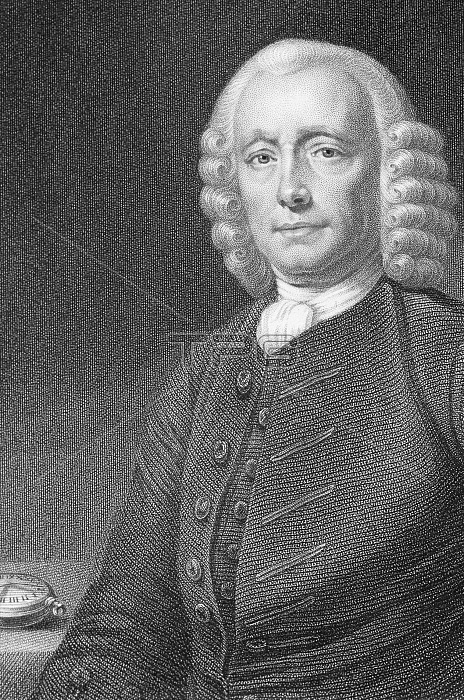
John Harrison (1693-1776), British inventor. With so many ships being lost due to navigational errors, the British Government in 1713 put up a prize of 20,000 pounds for the first person to accurately calculate longitude aboard a ship. Harrison decided to build a chronometer that could work on a moving ship and allow measurement of time differences, and hence longitude, around the world. He introduced a number of innovations, including bimetallic strips to allow for temperature differences, meaning that his last chronometer, no bigger than a large watch, was more accurate at sea than any other clock was on land. Published in a book in 1849.
| px | px | dpi | = | cm | x | cm | = | MB |
Details
Creative#:
TOP10191845
Source:
達志影像
Authorization Type:
RM
Release Information:
須由TPG 完整授權
Model Release:
N/A
Property Release:
N/A
Right to Privacy:
No
Same folder images:

 Loading
Loading